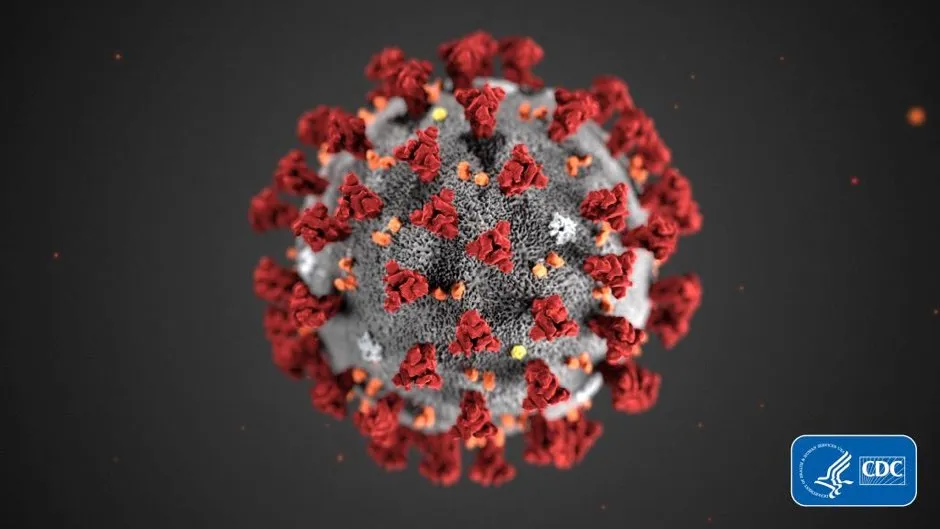More than half of pregnant women recently admitted to UK hospitals with coronavirus were from a black, Asian or minority ethnic (BAME) background, a new study has found.
The peer-reviewed research, published in the British Medical Journal, looked at data for pregnant women admitted to 194 obstetric units in the UK with a positive COVID-19 infection between 1 March and 14 April.
It found that of the 427 pregnant women in hospital during that period, 233 (56 per cent) were from BAME backgrounds, of which 103 were Asian and 90 were black.
The high proportion of pregnant women from BAME groups remained after excluding major urban centres from the analysis.
Read the latest coronavirus news:
- Coronavirus: manufacturing begins on 'millions of doses' of the Oxford vaccine candidate
- BAME children 'more at risk' of rare COVID-19-related syndrome
- Heart attack patients ‘collateral damage’ of coronavirus pandemic
Researchers, led by Professor Marian Knight from the Nuffield Department of Population Health, University of Oxford, said the findings now require “urgent investigation and explanation”.
It comes as a Public Health England report found that people from BAME backgrounds with COVID-19 were at higher risk of death than white British people.
Most of the women in the study, which was based on data from the UK Obstetric Surveillance System, were in the late second or third trimester of their pregnancy.

Some 69 per cent were classed as overweight or obese, 41 per cent were aged 35 or over, and a third had pre-existing health conditions.
Five of the women died – including three as a direct result of complications linked to coronavirus – while 41 (10 per cent) needed respiratory support in a critical care unit, the study found.
Twelve of 265 babies born to mothers in the study tested positive for COVID-19 – six of them within 12 hours of being born.
The study said most of the pregnant women had “good outcomes” and the transmission of coronavirus to infants was “uncommon”.
“The high proportion of women from black or minority ethnic groups admitted with infection needs urgent investigation and explanation,” the study said.
The authors said the report was produced at a time when active transmission of coronavirus was still occurring, with about 100 infected pregnant women admitted to hospital in the UK each week.
“We sought to collect national, population-based information on severe SARS-CoV-2 infection, defined as hospital admission, to capture the incidence and outcomes of severe disease in pregnancy,” the authors said.
“This study does not therefore provide any information about overall infection rates or the possibility of asymptomatic infection.”
What is the R number, and why is it relevant to coronavirus?
The reproduction number – often called the R value or R number – is a measure of a disease’s ability to spread. It tells us how many people a single infected person will pass on the disease to.
The R number for COVID-19 that’s being quoted in the media and government briefings is what’s known as the ‘effective’ reproduction number. This value can go up and down.
We can reduce R by making it harder for the disease to spread, by implementing measures such as social distancing, closing restaurants and non-essential shops, and encouraging people to stay at home.
Every disease also has what’s called a ‘basic’ reproduction number, R0, which is the fixed value of R if no measures are put in place. For example, measles is highly contagious, with a R0 as high as 18, while COVID-19 has a R0 of around three.
So if COVID-19 was allowed to spread through the population, an infected person would, on average, give the disease to three other people.
But if all these people are practising physical distancing, then the virus can’t spread so easily and the effective R value goes down.
The crucial thing is to keep R below 1. If we can do this, then the number of new cases dwindles and the outbreak will eventually come to a halt.
Conversely, if R rises above 1, then we run the risk of rapidly escalating case numbers that would require stronger measures to keep the virus under control.
Because of this, R is used by governments to assess how we are doing in our efforts to stop the spread of COVID-19, and to adjust our actions, if needed.
Read more:
